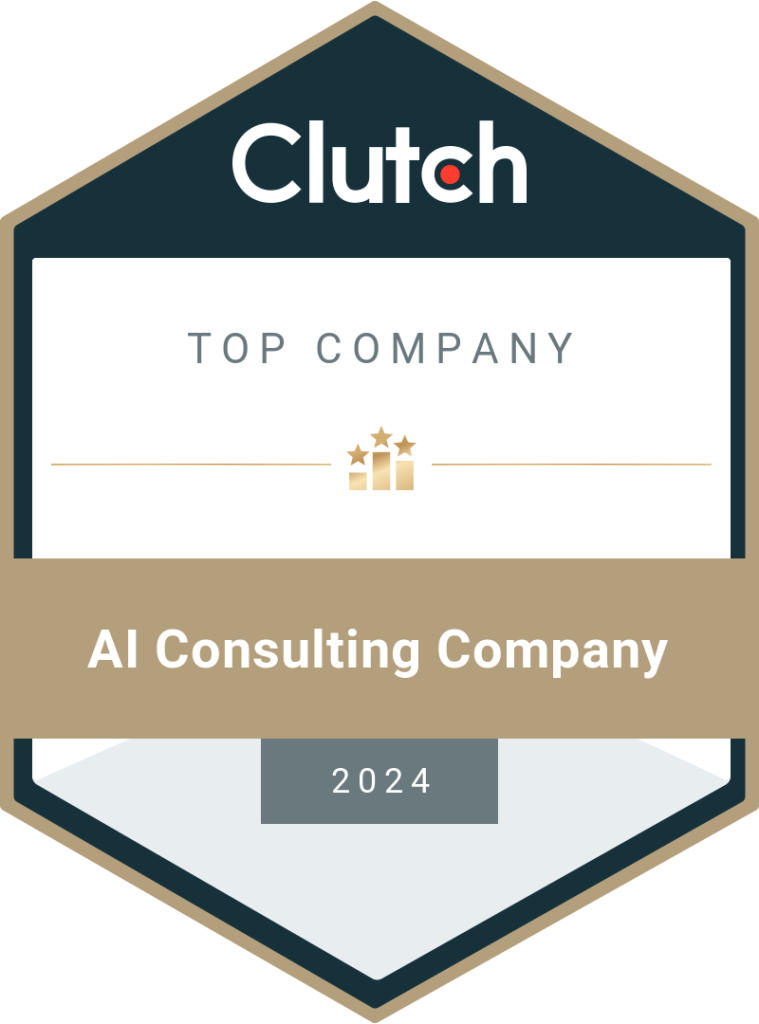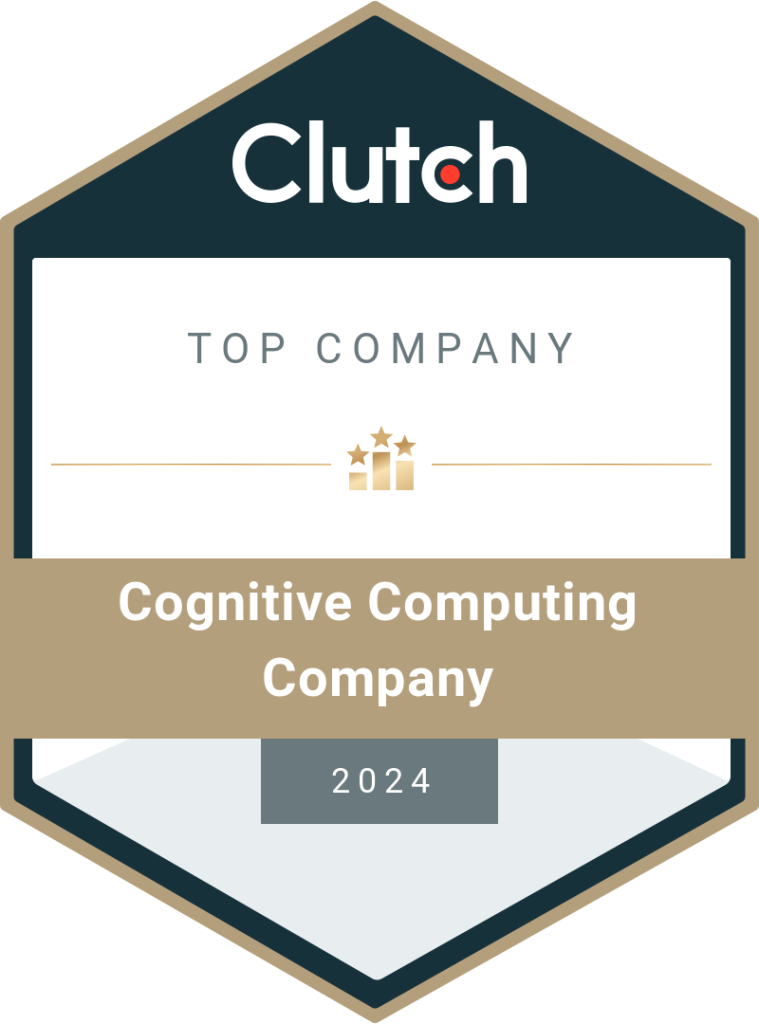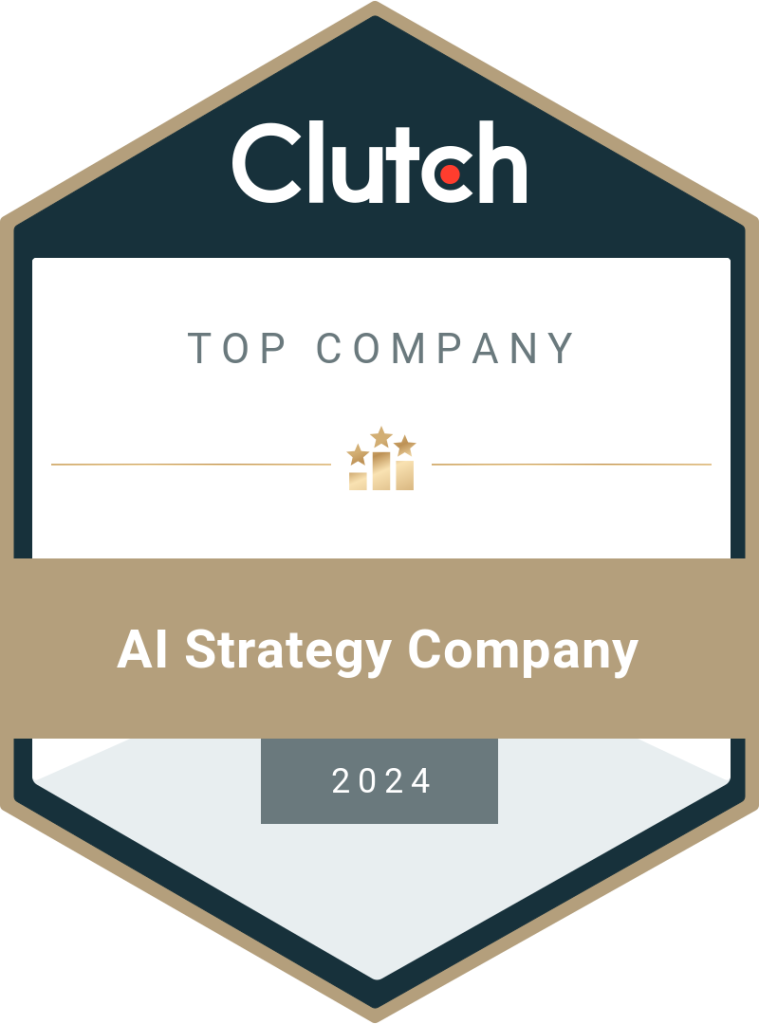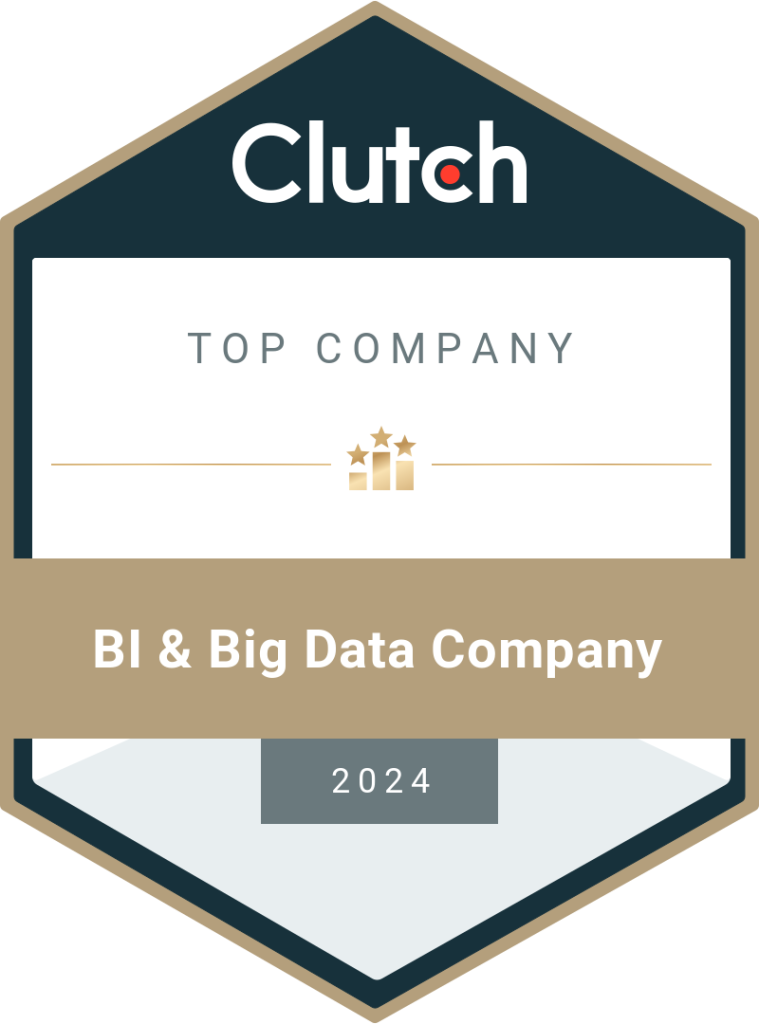Six Big Losses in OEE and Four Tips to Improve Them: From Inefficiency to Excellence
OEE is Overall Equipment Effectiveness, a standard measurement to determine the efficiency and productivity of a manufacturing industry. Here, we’ll discuss ways to resolve the six big losses in OEE and the need for Power BI services to achieve the results. The manufacturing industry has been growing despite various concerns due to supply chain disruptions, labor shortages, inflation, and restrictions that affected the global market in the last couple of years. According to Statista, global industry production (excluding the US) increased by 1.53% in December 2022. The emerging markets registered an increase of 3.3%, while US industrial production increased by 2.07% for the same period. Deloitte released a report detailing the top five trends to watch out for in the manufacturing industry. Investing in technology to mitigate risk is the first and most important trend for 2023. This is an important factor as many manufacturers and working towards OEE improvement in production. The six big losses in OEE (Overall Equipment Effectiveness) can severely affect the revenue and growth of a manufacturing enterprise. Technology plays a vital role in minimizing OEE loss and increasing the overall quality, production, and profits of the industry. Manufacturing companies partner with business intelligence service providers to digitally transform their processes and improve OEE effectively. In this blog, we’ll read more about what OEE is, the losses of OEE, and ways to resolve them in a business. What is an OEE Breakdown? OEE (Overall Equipment Effectiveness) is considered the gold standard to measure manufacturing productivity. A business with higher OEE implies being more productive and optimally using resources, while reducing defects or wastage. Quality, performance, and time are the three major parameters used to measure OEE. Measuring OEE in manufacturing helps the industry improve its processes, benchmark progress, and increase the productivity of equipment by eliminating waste. Typically, a business with 100% OEE is termed perfect, while a business with 85% OEE (or more) falls into the world-class category. A typical industry will have about 60% OEE, and anything close to 40% or less is considered low OEE. This denotes that the manufacturer has a greater share of losses and should address the issues to get better results. OEE = (Good Count × Ideal Cycle Time) / Planned Production Time Availability Planned Stops Unplanned Stops Performance Small Stops Slow Cycles Quality Production Rejects Startup Rejects Overall Equipment Effectiveness (OEE) Fully Productive Time What are the Six Big Losses in OEE? Before we learn how to improve OEE, let’s first understand the six big losses that affect the manufacturing industry. 1. Equipment Breakdowns Equipment breakdowns and failure account for significant loss of time and productivity in an enterprise. This is usually categorized as availability loss as it is unplanned downtime. The equipment is not running when it is expected to run leads to wastage of time (puts everything behind schedule) and productivity (the factory produces a lesser quantity of goods due to equipment failure or breakdown). This loss can also include relevant aspects such as tooling failure, unplanned maintenance, lack of material or operator (worker), or due to a blockage on either side of the manufacturing process. For example, if the production of a certain product involves eight steps, a disruption at the third step will affect the fourth step just as the disruption at the fifth step. 2. Machine Setup and Adjustment The second loss of OEE in production deals with the lack of availability of the equipment due to setup, installation, customization, or other adjustment requirements. This is the duration where the machine has to be running but is instead being adjusted (due to various reasons). Though it is also considered availability loss, it comes under planned stops (as the workers or technicians stop work because they need to adjust the equipment before it starts running again). Cleaning, periodic maintenance, warmup time, cool down time, quality inspections, etc., are some examples of this. 3. Minor Stops or Breaks Minor stops or idling time is the short duration when the machine’s operator stops its usage to resolve an issue. This is usually a minute or two (for each stop). It is categorized as performance loss because the equipment is available and running but is not performing (or producing) during that short period. Minor stops can include machine idling due to a slight delay in feeding input material, incorrect settings, misaligned sensors, material jams, design complexities, and periodic mandatory cleaning sessions. All kinds of stops or breaks (in production) that are for less than five minutes for each period come under this type of OEE loss. These can be hard to track and can lead to major breakdowns if ignored. 4. Slower or Reduced Speeds This is the duration when the equipment is slower than the Ideal Cycle Time, thus resulting in the production of fewer goods than expected. It is categorized as performance loss as the equipment is not producing as many goods as it usually does. The Ideal Cycle Time is the fastest possible time taken to manufacture a product. It is a theoretical value calculated based on the given specifications of the machine. Many reasons can lead to reduced speeds. A few common causes are improper equipment maintenance, poor lubrication, jamming, worn-out spare parts, bad working environment (unsuitable for production), poor quality raw or input materials, inexperienced operator, sudden shutdowns, etc. 5. Process Defects Every batch produced may have some defective parts or goods despite the production process being stable throughout. Both scrapped products and the ones that can be reworked or reused are totaled in this loss. OEE measures quality based on the First-Pass Yield, which makes process defects a quality loss issue. If the quality of the products is good, they wouldn’t be marked defective. Process defects can be due to various reasons like wrong or incorrect settings, providing wrong raw materials to the equipment, the inefficiency of the operator, or the expiration of materials (commonly found in pharmaceutical and food industries). 6. Lesser Yield or Higher Scrap The last OEE loss is reduced or lesser
Read More





